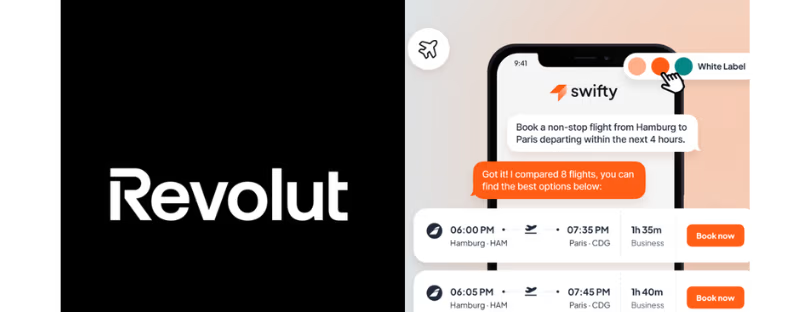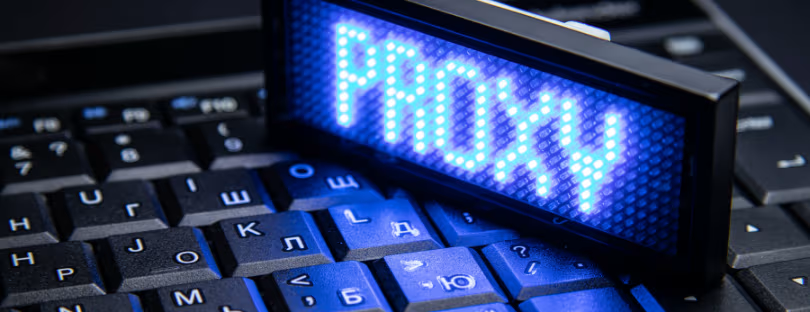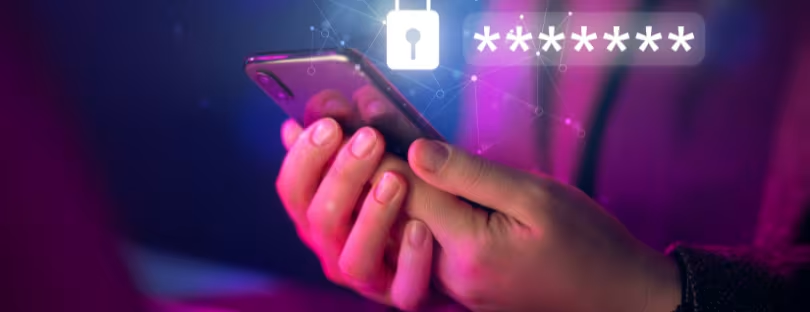
Blockchain Smartphones on the Rise in Device Market
Blockchain smartphones are a key trend in the blockchain devices market. Blockchain smartphones are mobile phone devices that use blockchain technology to provide crypto storage and support for decentralized applications, in addition to the functionality of a typical smartphone. Blockchain smartphones also allow users to host a blockchain node and mine cryptocurrencies. Some of the popular blockchain smartphones in the market include HTC Exodus 1, the FINNEY phone and Electroneum M1. The blockchain smartphone market consists of sales of blockchain smartphones by entities that manufacture blockchain smartphones.
The global blockchain device market is expected to grow from $0.47 billion in 2021 to $0.67 billion in 2022 at a compound annual growth rate (CAGR) of 42.94%. The Russia–Ukraine war disrupted the chances of global economic recovery from the COVID-19 pandemic, at least in the short term. The war between these two countries has led to economic sanctions on multiple countries, a surge in commodity prices, and supply chain disruptions, affecting many markets across the globe. The blockchain device market value is expected to grow to $2.84 billion in 2026 at a CAGR of 43.66%.
The increasing investments in blockchain technology are significantly contributing to the growth of the blockchain devices market. There has been an increase in the adoption and implementation of real-world blockchain solutions across a wide range of industries and businesses. Organizations have expanded their investments in blockchain technology, proving their dedication to the technology. For instance, according to Deloitte’s 2020 Global Blockchain Survey, which surveyed approximately 1500 senior executives and practitioners from 14 countries, participants had a “broad understanding of blockchain, digital assets, and distributed ledger technology (DLT).” One of the most important findings of the survey is that blockchain technology is gradually becoming a true strategic priority for businesses. This was confirmed by 55% of respondents who stated that blockchain is crucial and among their top-five strategic goals, with 66% of executives predicting $1 million or more in investments in the next 12 months. Therefore, the growing investments in blockchain technology are expected to drive the adoption of blockchain, driving the blockchain devices market.
The adoption of wireless communication technology is a key trend gaining popularity in the blockchain device market. Organizations are adopting next-generation wireless technologies to gain a competitive advantage and enable innovation. For instance, according to a Deloitte survey in June 2020, networking executives view advanced wireless technologies as increasingly critical to their enterprise success. 86% of networking executives surveyed believed that advanced wireless would transform their company in three years. Furthermore, 57% of respondents reported that their organization is currently in the process of adopting 5G and/or Wi-Fi 6, and 37% plan to adopt these technologies within the next year.
Blockchain devices Blockchain Smartphones
The main types of blockchain devices are blockchain smartphones, crypto hardware wallets, crypto automated teller machines (ATMs), and point of sale (POS) terminals. Blockchain smartphones have more control of users’ online personalities and data thanks to blockchain technology. By connectivity, types of blockchain devices included wired and wireless. Blockchain devices are used in personal and corporate applications. Major end-users of blockchain devices include the consumer, BFSI, government, retail and e-commerce, travel and hospitality, automotive, transportation and logistics, IT and telecommunication, and other industries.
Blockchain Devices Market Driver – Rising Adoption Of Blockchain Technology In the Banking Sector
Blockchain technology is being increasingly implemented in the banking sector, driving the growth of the blockchain device market. The use of blockchain enables more open, inclusive, and secure business networks, shared operating models, more efficient processes, reduced costs, and new products and services in banking and finance. It also enables digital securities to be issued within shorter periods, at lower unit costs, and with greater levels of customization. According to Deloitte’s fourth annual ‘Global Blockchain Survey, about 96% of financial services pioneers believed that blockchain is a broadly scalable solution that had already achieved mainstream adoption.
Blockchain Devices Market Restraint – Data Localization Challenges
Governments across the world are implementing policies to improve data protection and safeguard the privacy of citizens. For example, the Data Protection Act of 2021 was proposed by the US government to protect individuals’ data, safeguard their privacy and ensure that data practices are fair and transparent. The implementation of these policies is expected to restrain the blockchain devices market by increasing the number of locations that providers must use for storing data, driving up costs and prices, and therefore, limiting the growth of the blockchain devices market.
North America was the largest region in the blockchain devices market in 2021. Asia Pacific is expected to be the fastest-growing region in the forecast period.
Blockchain smartphones key players
Major players in the blockchain devices market are Ledger, SatoshiLabs, SIRIN LABS, Pundi X, Genesis Coin, GENERAL BYTES, HTC, RIDDLE&CODE, ShapeShift, Bitaccess, Coinsource, Samsung, Infineon Technologies, Helium Systems, AVADO, Lamassu Industries, SafePal, PAYMYNT, Modum, NXM Labs, Blockchain Luxembourg S.A, Tangem, Filament, Sikur, Covault, ELLIPAL, IBM Corporation, and Microsoft.










